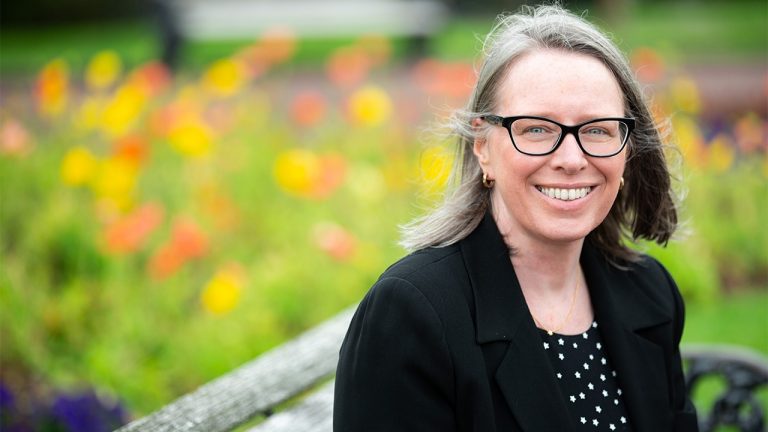Wang Shuaiguo (Board Member from the Global MOOC Alliance) from XuetangX attended the Teaching Excellence Summit 2021 (November 16-18) from Times Higher Education to share his experience in China and thoughts about the future. His topic of the keynote presentation is “What’s next? How the university model will change by 2030”.
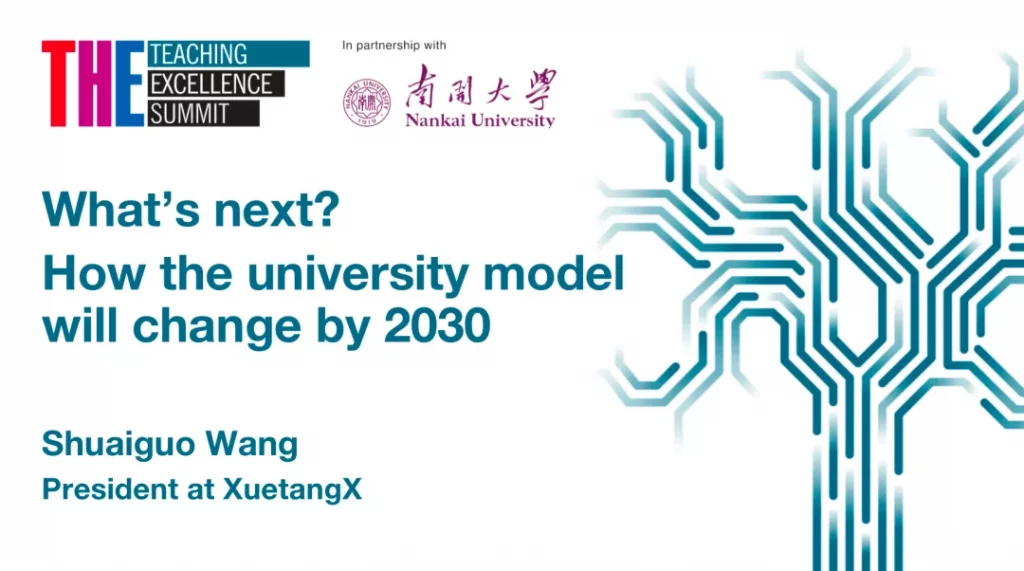
When it comes to 2030, you may wonder whether everyone will live in a virtual space or so-called meta-universe. Of course, this virtual world also pertains to teaching and learning, and there will even be a university built entirely in a virtual space.
At this year’s THE World Academic Summit this September, the discussion of my panel was also about whether classrooms or rather places at universities would still exist. I think there is some difficulty when we envision the future – we often overestimate the speed of technological progress, and at the same time, I’m afraid we may underestimate the impact of technology on education.
If it is difficult to envision 2030, we might as well change our perspective – do not look forward, but look backward. We will find that envisioning 2030 from today in 2021 just resembles looking at today in 2012 – a gap of 9 years both ways.
Let us go back to 2012, which was named The Year of the MOOC by the New York Times. All top-notch universities vied to launch MOOCs, and MOOC platforms emerged one after another, among which was XuetangX initiated by Tsinghua University in Beijing. I still recall very clearly that there were many articles back then about how MOOCs would advance the sharing of quality educational resources and how educational equity could be achieved through MOOCs. Many educators also analyzed that with MOOCs’ integration into and development along with blended learning, top-notch universities and professors will be further centralized, some of the faculty would lose their jobs, and some universities would be closed in the future.
Fortunately, we have experienced these 9 years, and we are clearly aware of what happened and what did not happen in these 9 years. With more and more MOOCs produced, we can easily find courses we need on various MOOC platforms, and lifelong learning, and mobile learning have become within reach of ordinary people. Online certificates and online degrees made possible by MOOCs have also become the first choice for many people to improve themselves. XuetangX alone has more than 82 million registered learners. At the same time, however, MOOCs have not really made teachers who have not offered MOOCs lose their jobs, and there is no obvious evidence shown that any university has been closed down because of the popularity of MOOCs. On the contrary, MOOCs have led to the great development of online education.
The integration of technology and education has seen unprecedented development. More instructors are ready to use educational technology to improve their pedagogy and curriculum design. Since the COVID-19 pandemic, whether willing or reluctant, educators and learners worldwide have had their classes in virtual classrooms online. The Rain Classroom developed by XuetangX is an innovative teaching tool inspired by MOOCs. When the pandemic was at its worst last year in China, 20 million teachers and students from more than 800 Chinese universities, including Tsinghua University and Nankai University, used Rain Classroom every day for lectures.
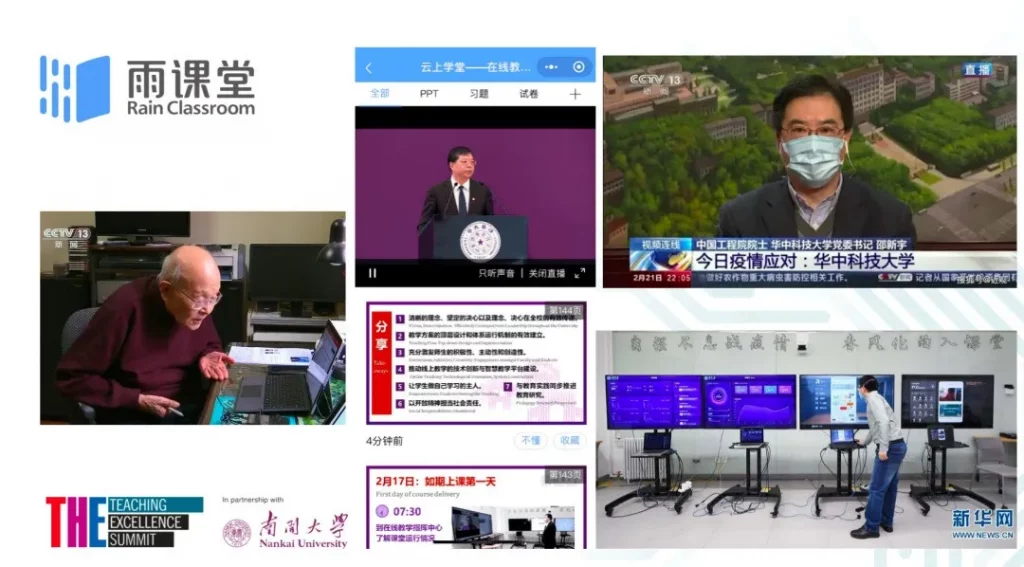
We can better see the future if we look back on the past. The predictions of MOOCs 9 years ago versus the actual development over the past 9 years offers us somehow like a training set in the field of AI algorithms, allowing us to envision 2030 with more evidence.
We can clearly see that both MOOCs and other interactive learning technology developed along with MOOCs, are part of the digital transformation that a university must undergo, including the digitalization of teaching content (such as MOOCs), the digitalization of teaching process (such as Rain Classroom), and the digitalization of teaching management, which showcase the profound influence of technological development on higher education, amplified by the COVID-19 pandemic.
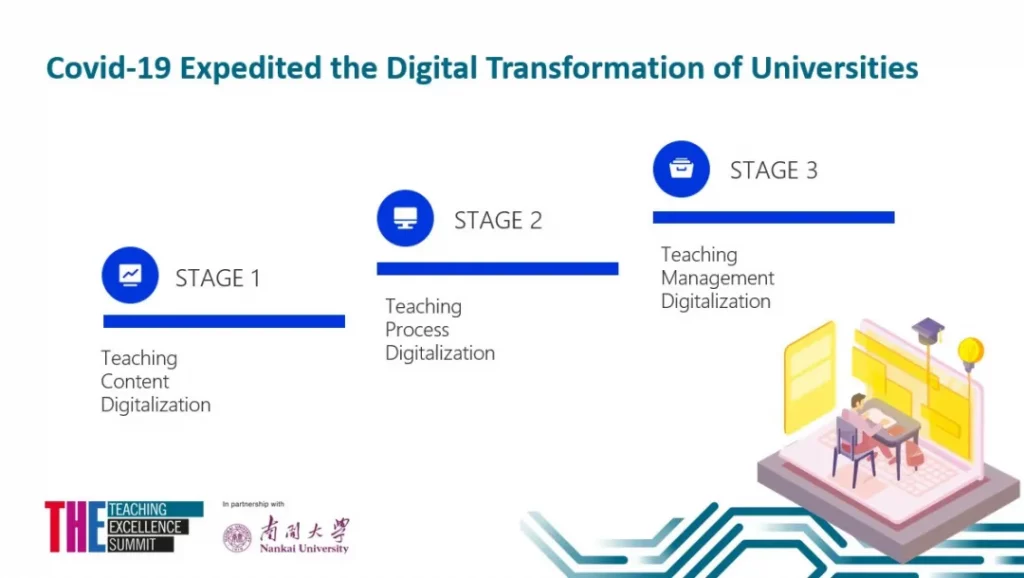
Digital transformation driven by technology is far from reaching the end. In 2030, we will continue to move ahead down this path at a high speed. Teaching and learning will see three major trends: learner-centred, technology-enhanced and evidence-based and data-driven, which are a summary of our experience over the past 9 years. A lot of efforts have been made, but there is still much room for improvement.
First, learner-centred.
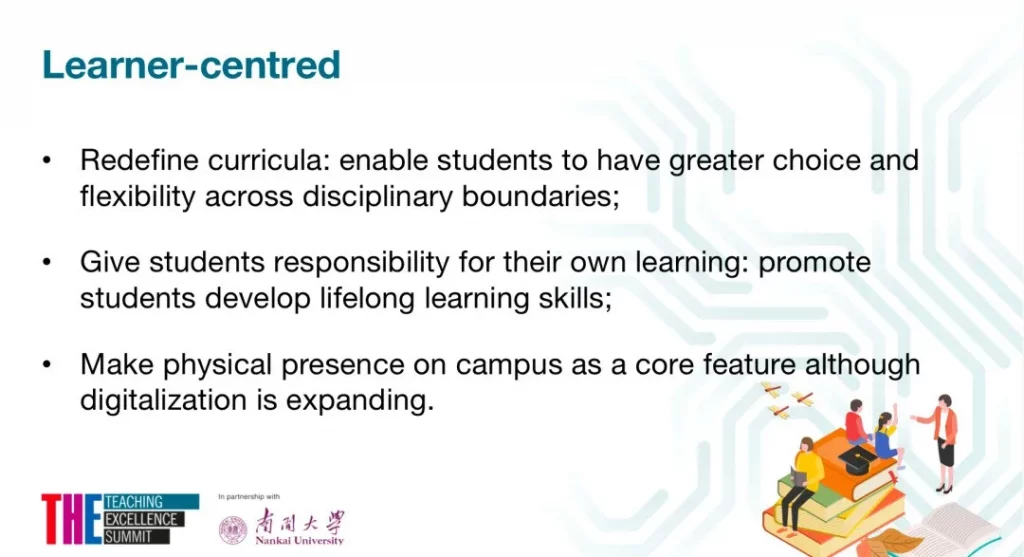
It is a consensus of all instructors in the age of MOOCs. I am also a MOOC instructor having 80,000 learners in my courses. All instructors, including me, have been exploring how to make students learn better in the Information Age. When students only need to move their fingertips to obtain information, a rigid, single, teacher-centered pedagogy will not be conducive to training students needed for this era.
We must redefine curricula to enable students to have greater choices and flexibility across disciplinary boundaries, give students responsibility for their own learning, and continue to guide students in developing lifelong learning skills. With them as the center, we should also let them grow as masters of learning, critical thinkers, problem solvers and responsible citizens who are fit for the 21st century.
The speed of technological evolution is much higher than that of human evolution. Our bodies, organs and perceptions have yet to evolve for a virtual world. Therefore, it is very important to take physical presence on campus as a core feature, although digitalization is expanding every second. Students’ demands and learning methods, as well as humans’ emotional communication are diverse. We must not stop paying attention to communication in the physical space just because virtual classrooms are more convenient and flexible.
Adherence to face-to-face communication is also a manifestation of learner-centeredness. I believe that in the near future, there will be more innovative learning spaces that can incorporate the advantages of virtual classrooms and brick-and-mortar classrooms at the same time.
Second, technology-enhanced.

Technology and the future are bound together. When we talk about the future, we cannot leave technology behind. In fact, 9 years ago, it was because of the breakthrough of information technology that MOOCs appeared. The biggest help of technology-enhanced education is enhancing the interaction between teachers and students. There are countless papers on how teacher-student interaction can improve the quality of teaching, and there have been more possibilities for interaction with the advancement of technology, which allows teachers to selectively design interaction based on the characteristics of their disciplines and curriculum. Let me take Rain Classroom as an example – teachers can choose from as many as 30 interactive ways, and they can integrate different ways for diversity. Such real-time, two-way feedback between students and teachers can reduce the misjudgment of students and provide targeted guidance.
In 2030, educational technology will be prevalent, more inconspicuous, quieter and easier to use.
New technologies may be hidden in chalk, blackboard, pencil, or even the air, which do not disturb teaching but facilitate active teacher-student interaction. This is also one of the main goals of our new learning technology research and development.
Third, evidence-based and data-driven.
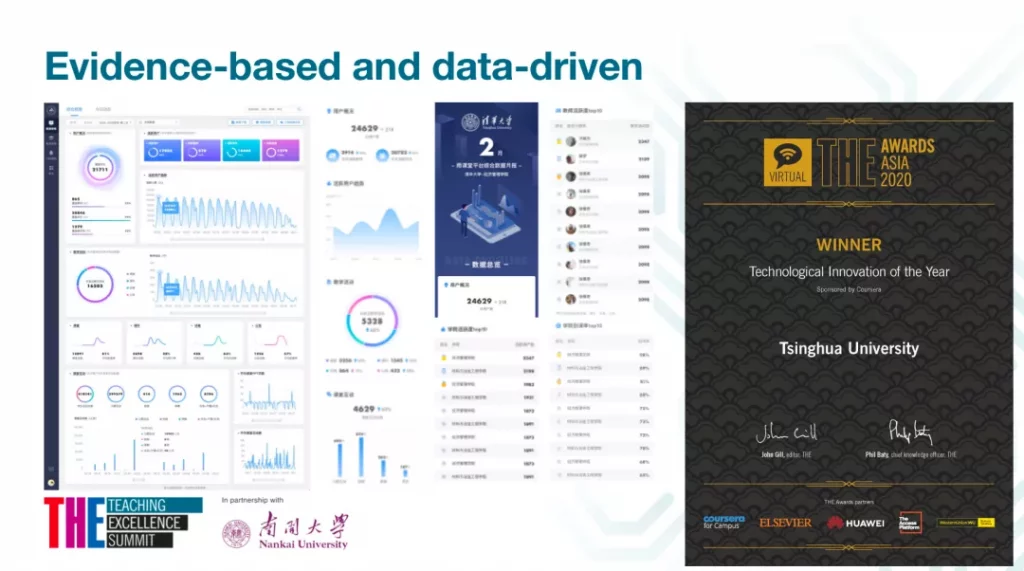
Using evidence and data to observe and improve education is a natural advantage and inevitable result of the digital age. Many universities have been using this method to reinforce existing pedagogic research activities. In fact, this trend is not only used to evaluate a course and improve pedagogy, but can also help the management of universities to make sound decisions.
Data is critical to enabling the process of evaluation and to educational research. We put evidence-based and data-driven together to emphasize the importance of practical experience and the digital analysis capabilities based on artificial intelligence technology.
This is exactly the particularity of education – it has to tackle teaching efficiency, and it also has to foster mental fortitude. We need to use and integrate the strengths of humans and those of machines to identify the most effective pedagogy and assessment methods to suit specific learning outcomes and particular disciplinary needs.
Technology-enhanced that I just mentioned has laid the foundation for us to obtain more evidence and data. At the same time, using evidence and data can also help universities to choose from technology products. I believe that in the future, we will see a dizzying array of educational technology innovations, among which, there will be undesirable technologies or technologies not fit for certain disciplines. This requires universities to distinguish and select from different technologies based on evidence-based and data-driven concepts.
The above points are my thoughts on the transformation of teaching and learning models at universities in the future.
Next, I would like to share some of my observations on the future among universities. In a nutshell, break the walls and strengthen cooperation.
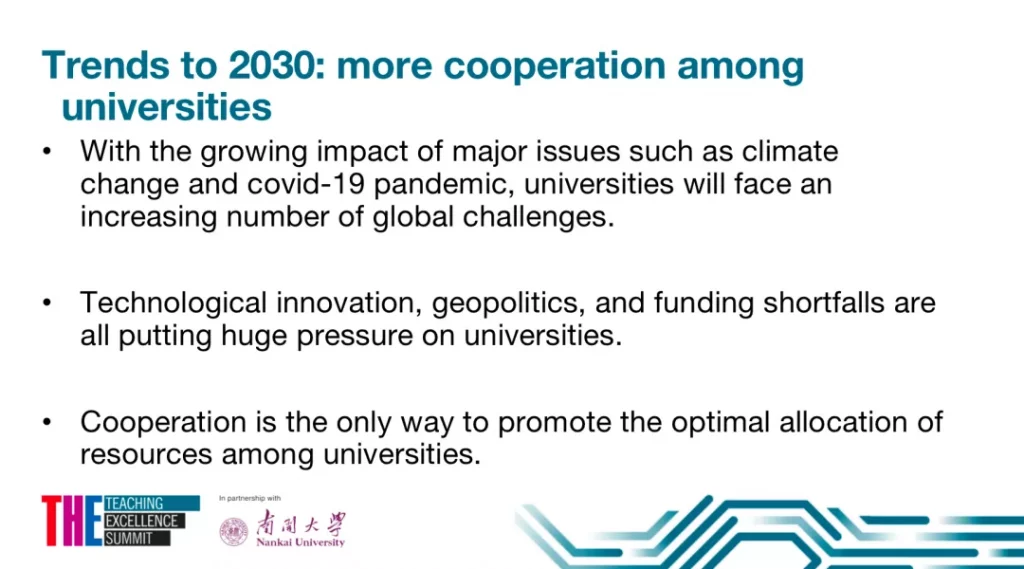
As major issues such as climate change and Covid-19 affect everyone in society, universities will face more and more global challenges, so they need to generate innovative ideas and technologies, and train talents to solve such problems.
Only when universities are inclusive and diverse can they train students with inclusivity and diversity. Breaking the walls between universities and strengthening mutual cooperation is the first step towards inclusivity and diversity.
Last year, Tsinghua University used our Clone Classroom technology to assist many universities in Hubei Province, China, so that their students could access Tsinghua University’s digital classrooms in an orderly manner, alleviating the pressure on teaching at colleges and universities in Hubei caused by COVID-19.
I believe this is the charm of universities. There is no denying that competition exists among universities, but when challenges face all mankind, the competition will automatically take a back seat. The development of educational technologies has made it easier to break the walls between universities, removing obstacles to cooperation on the technical level.
I believe that not a single university can bring together all the best teachers, nor can it provide the most appropriate learning environment for every learner of different cultural backgrounds. However, universities can fully cooperate to jointly redesign pedagogy for the same disciplines, and integrate the big data of teaching and learning of each university to carry out more in-depth educational research. We can also work together to design more modern learning spaces for cross-university, cross-cultural and cross-time zone learning. There are many things that need to be developed through cooperation.
Last year, Tsinghua University and 19 other universities and institutions on different continents jointly established the Global MOOC Alliance and carried out cooperation in various fields. XuetangX is honored to be a founding member. I think in 2030, we will see more effective and fruitful cooperation. When we look back at ourselves on this day from 2030, it will be greatly the same as when we look back at MOOCs in 2012 from today.
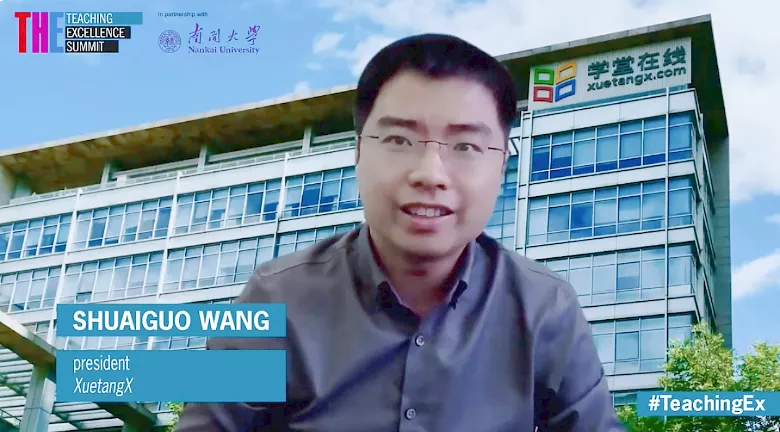
This article originally appeared on https://mp.weixin.qq.com/s/o_GJYjaq3_KeAi-pC0qdJQ
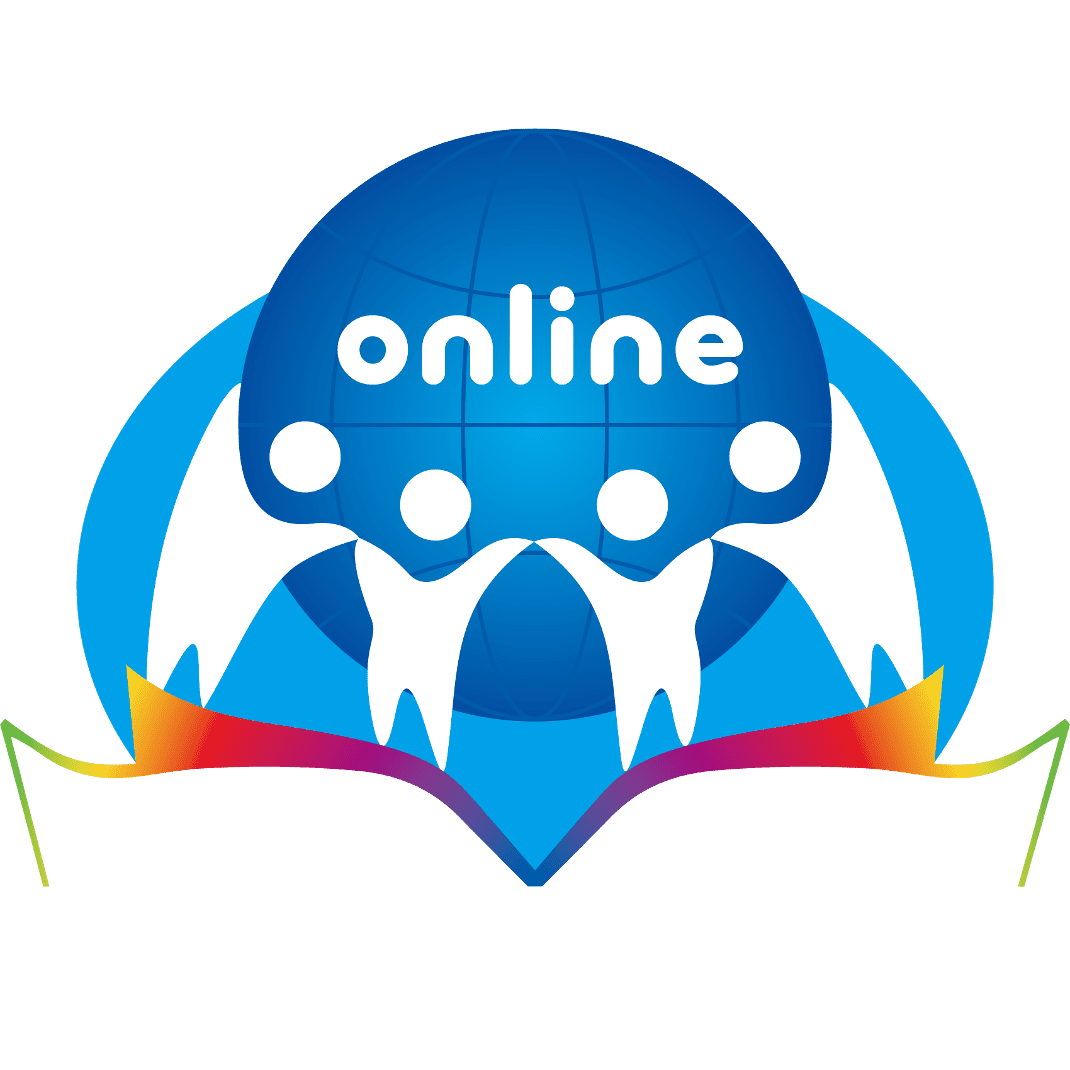
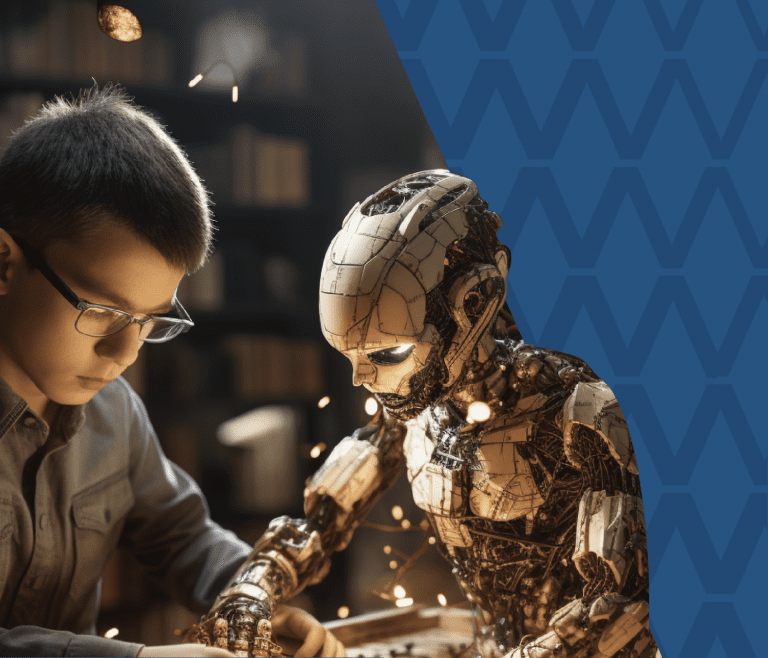
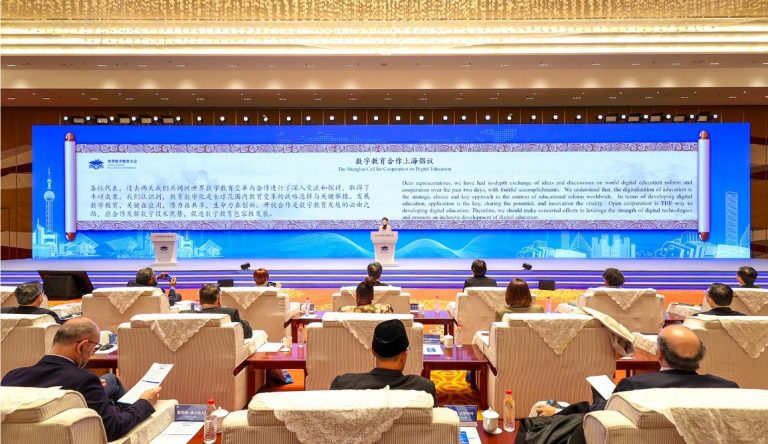
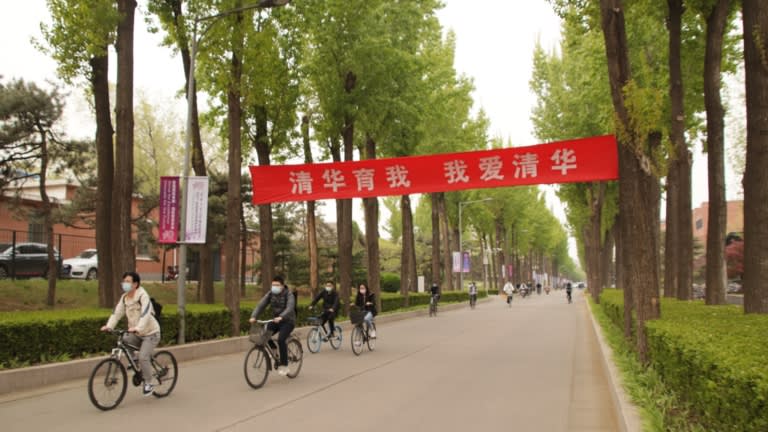
![[OED Host Reflect] Crafting the Future of Online Education: A Call for Quality, Engagement, and Connection](https://n6m6d6c3.rocketcdn.me/wp-content/uploads/2023/12/Tatiana_Chernigovskaya-768x580.jpg)
